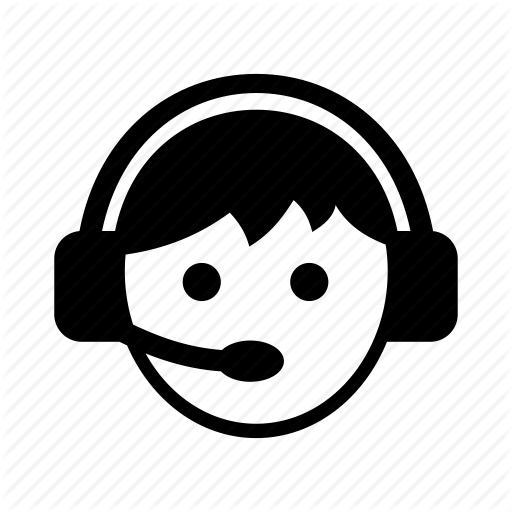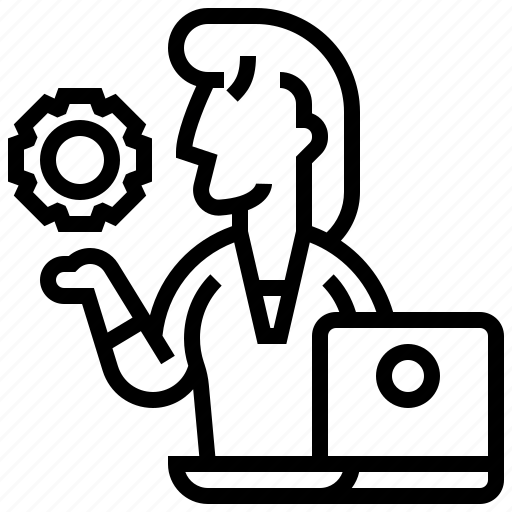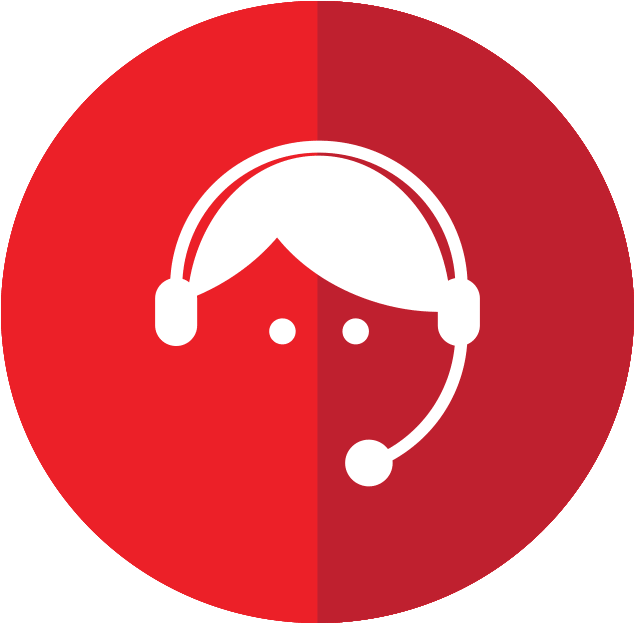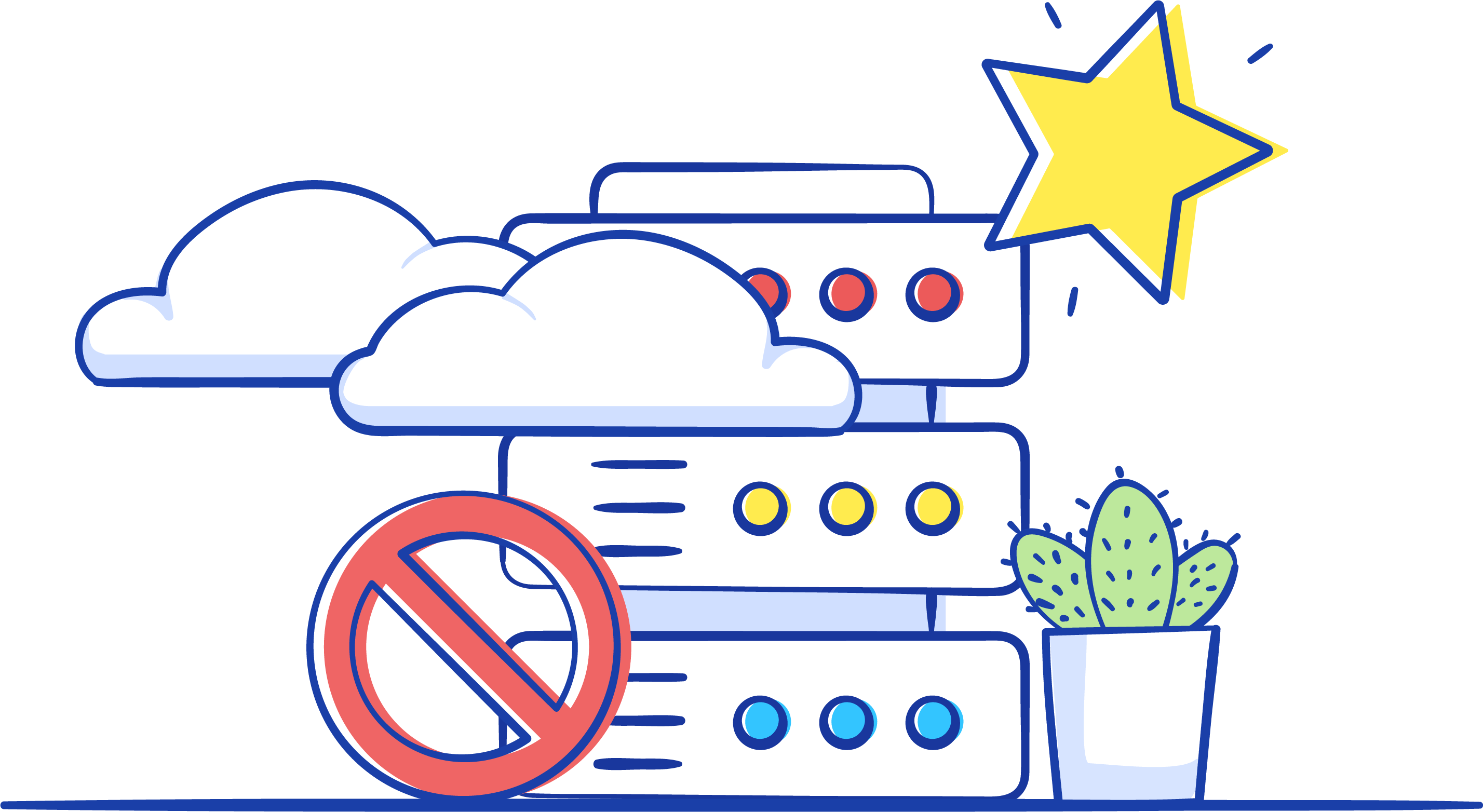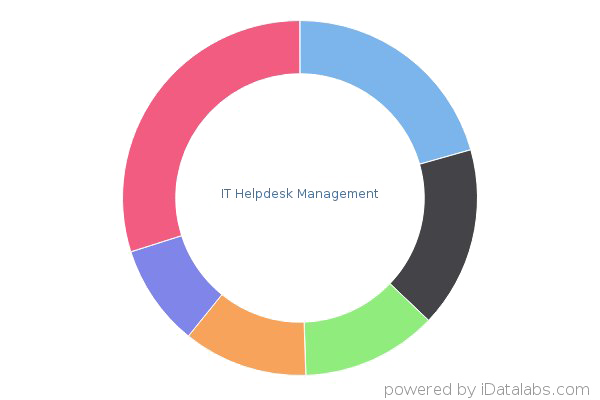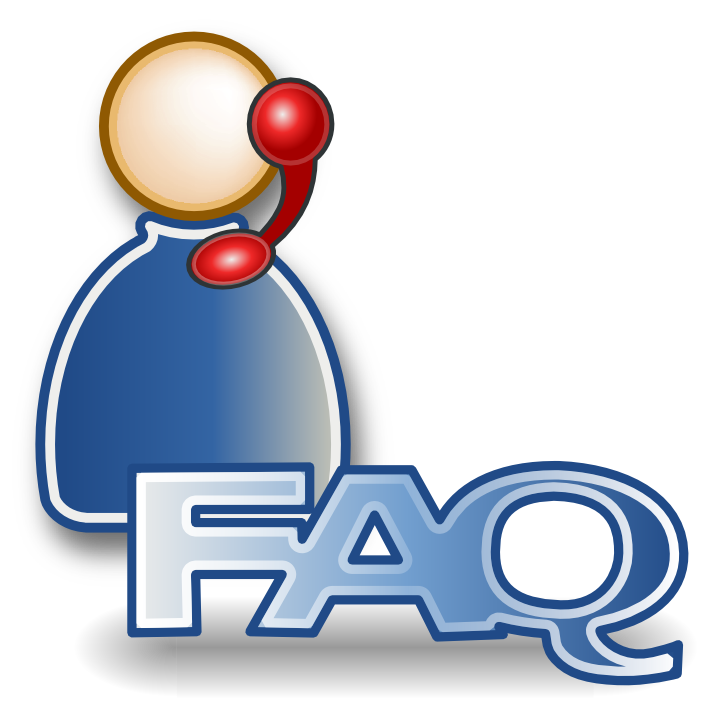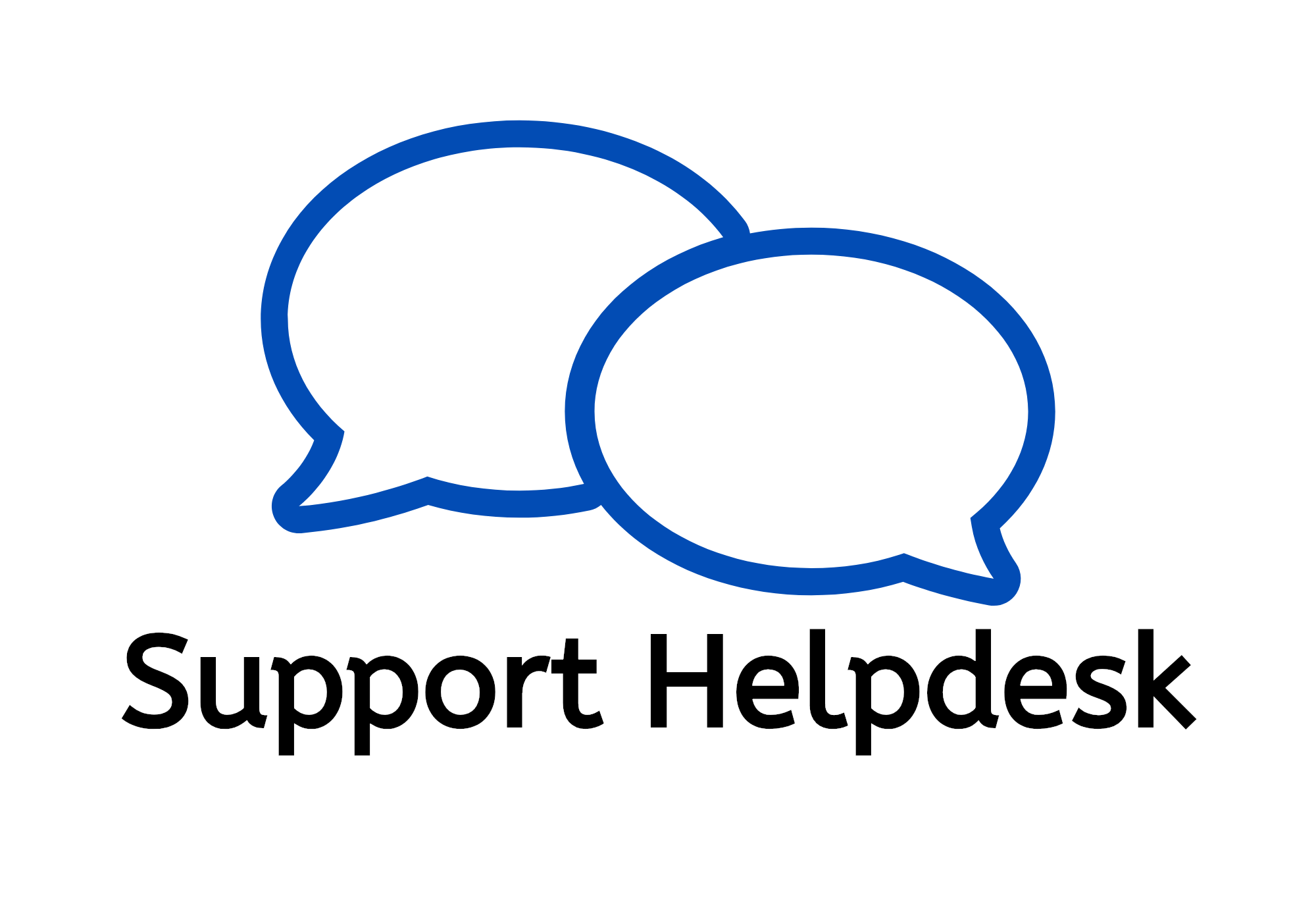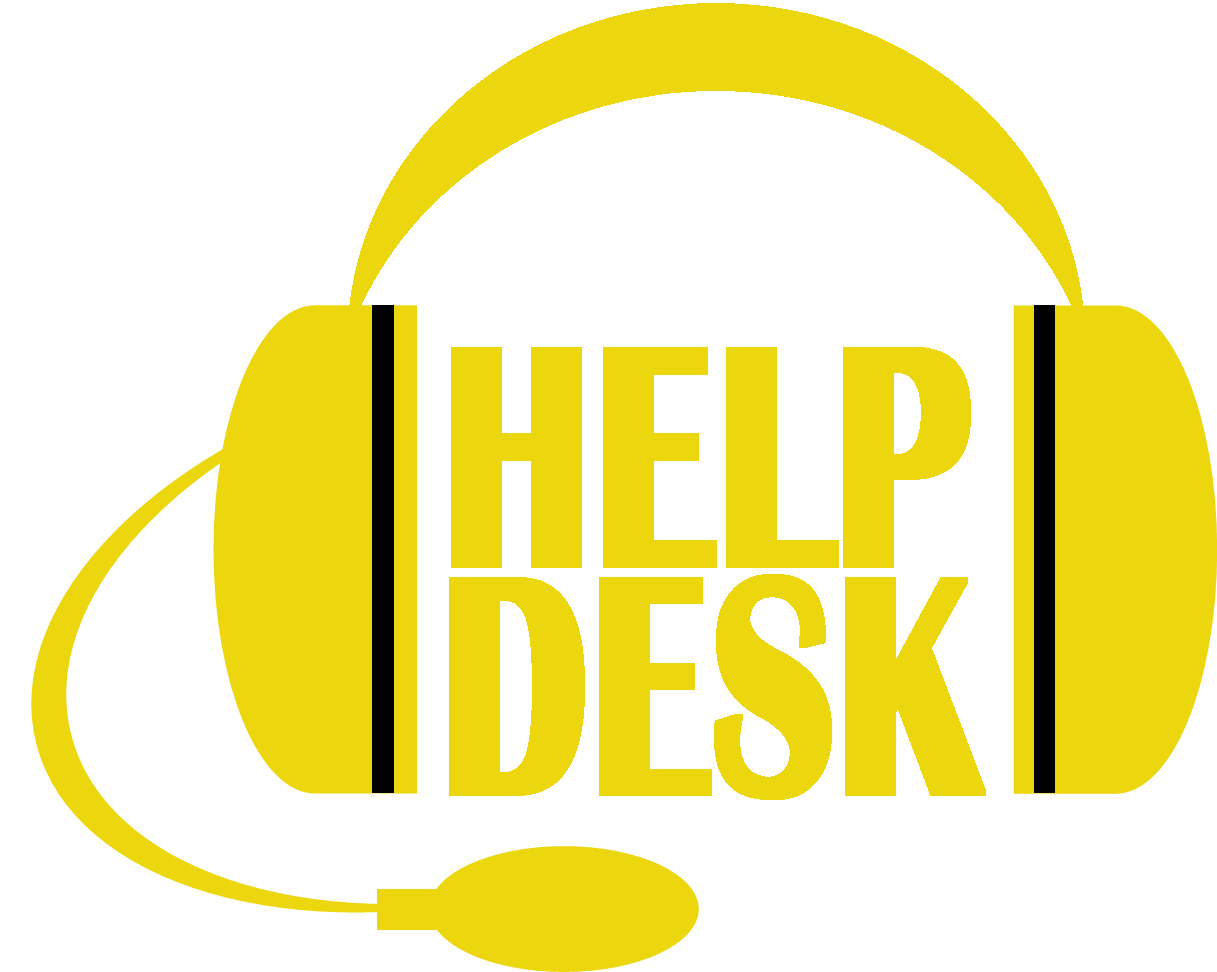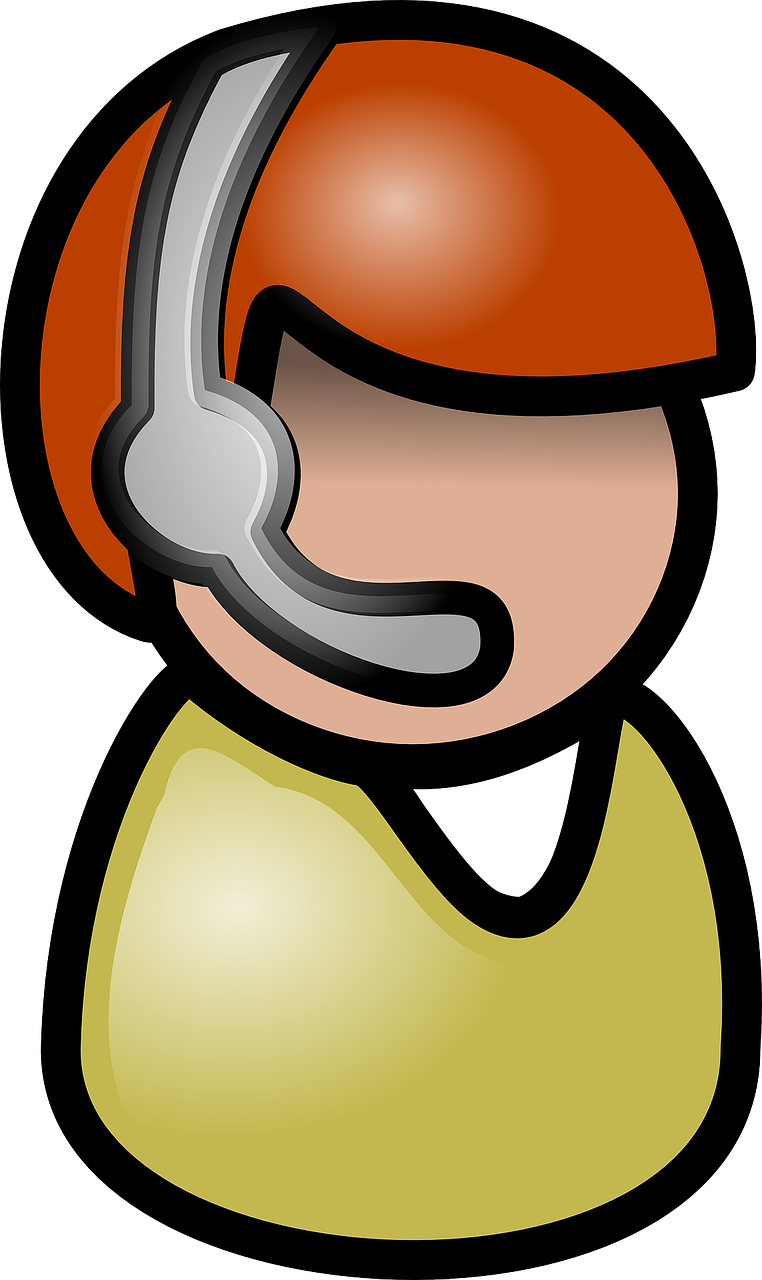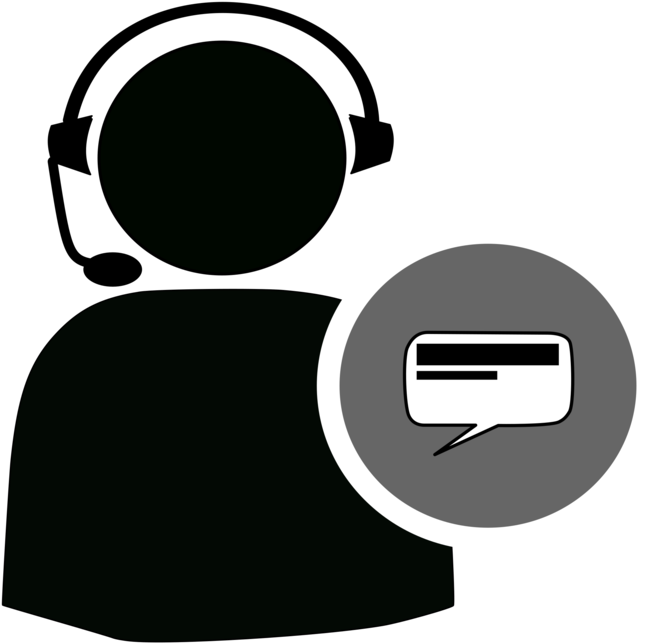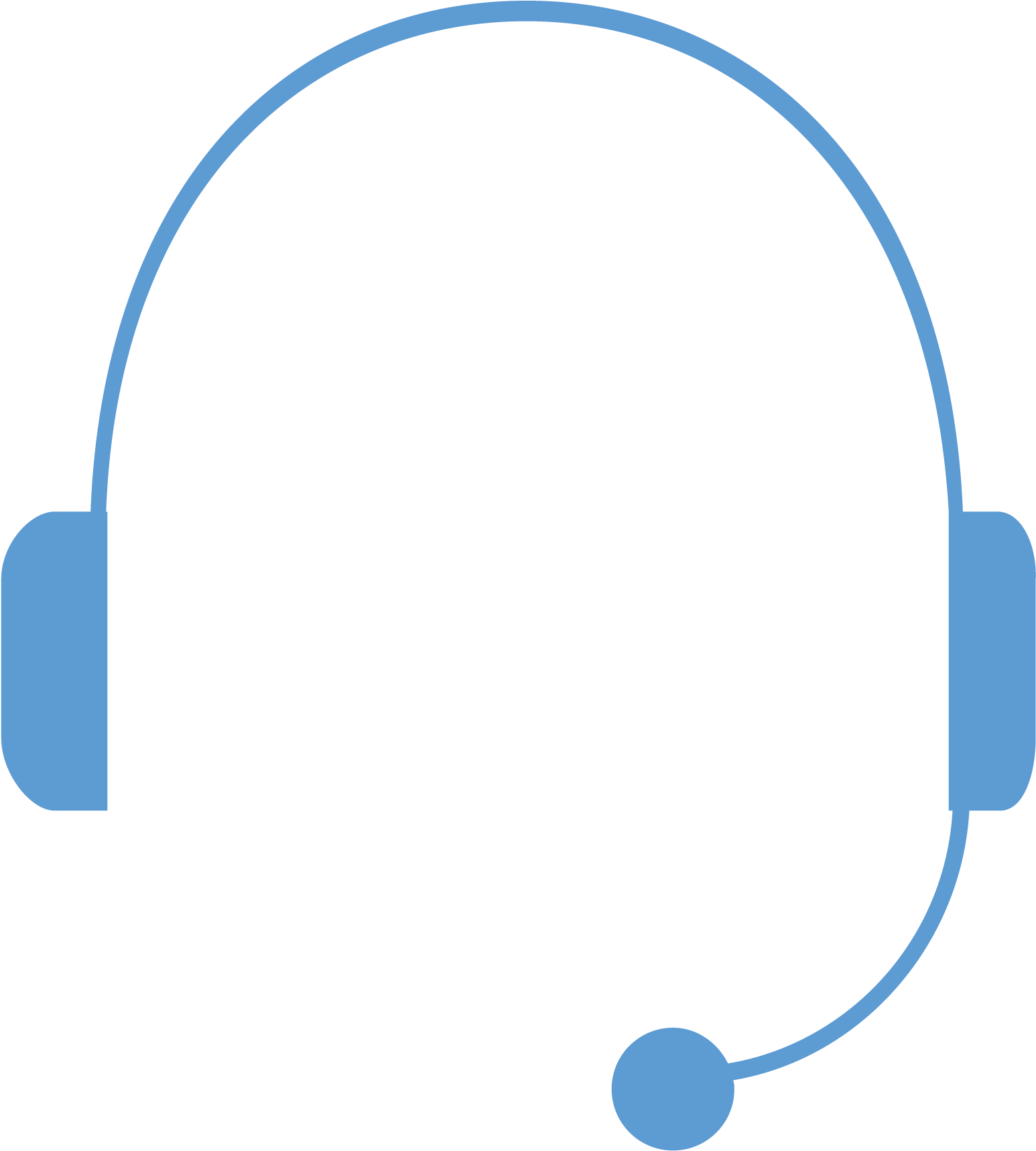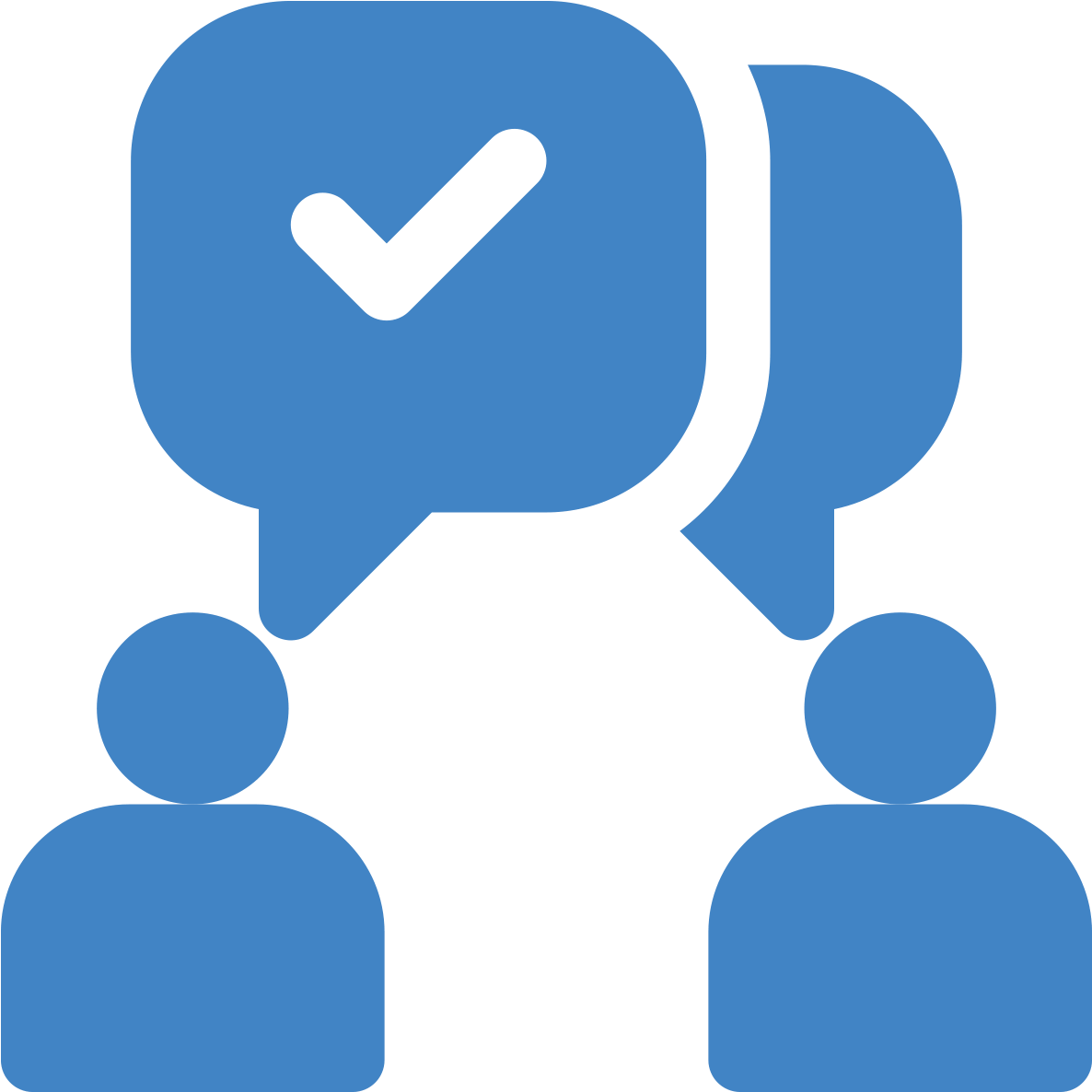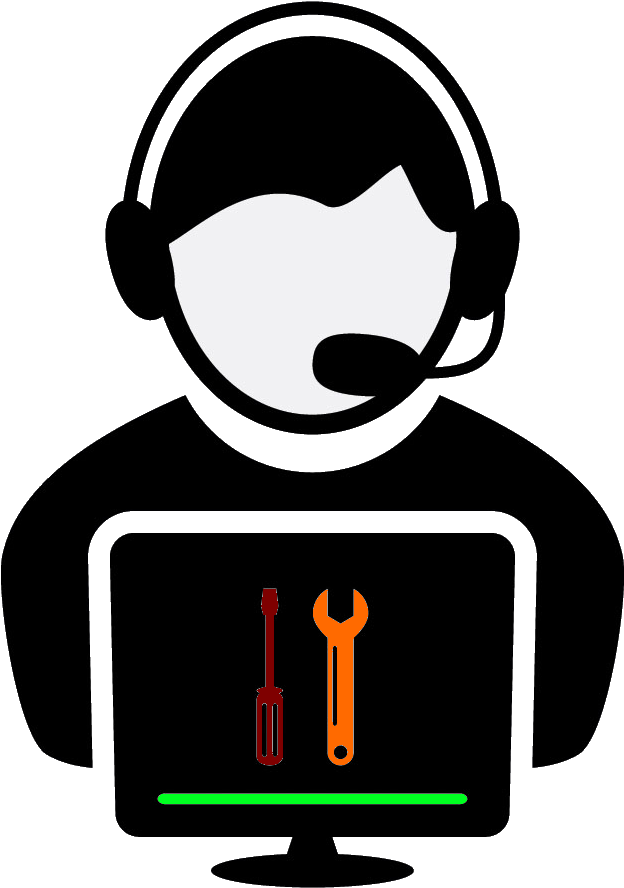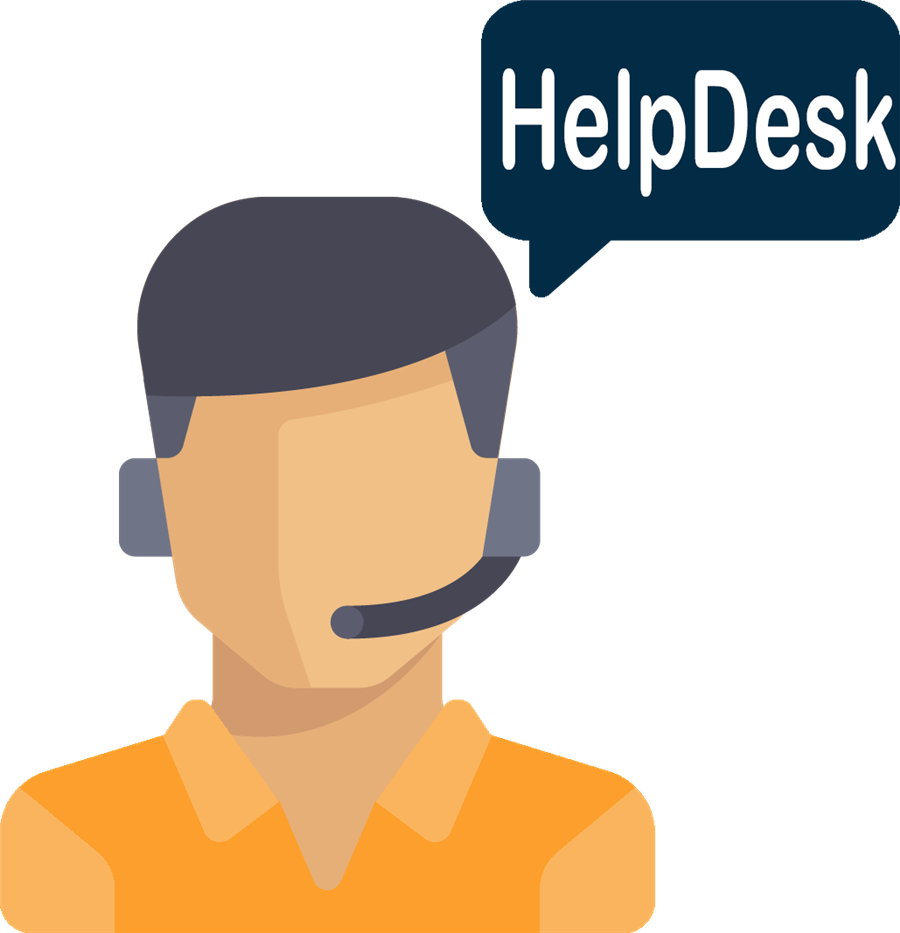Download top and best high-quality free Helpdesk PNG Transparent Images backgrounds available in various sizes. To view the full PNG size resolution click on any of the below image thumbnail.
License Info: Creative Commons 4.0 BY-NC
A help desk is a resource that provides information and support to customers or end users about a company’s or institution’s goods and services. A help desk’s primary function is to troubleshoot issues and offer advice on items such as computers, electrical equipment, food, clothing, and software. Toll-free lines, websites, instant messaging, and email are common ways for businesses to give help desk support to their consumers. In-house help desks are also available to give support to staff.
A standard support desk is capable of doing a variety of tasks. It gives users with a single (or many) point of contact for troubleshooting, answering queries, and resolving known issues. Help desks commonly use software such as problem tracking systems to handle their requests. A “local bug tracker” is frequently used in these systems (LBT). With the aid of a unique number, this method allows the help desk to track and sort customer inquiries. It may commonly identify issues by user, computer programme, or similar categories. There are several software solutions available to assist with the help desk role. Some are aimed at the company support desk, while others are focused on departmental requirements.
In the mid-1990s, Robert Gordon University’s Iain Middleton conducted study on the usefulness of an organization’s help desks. It was discovered that the value came not just from a quick response to user concerns, but also from the help desk’s unique position of engaging with a large number of customers or workers on a regular basis. Information acquired in areas like as technical issues, user preferences, and satisfaction might be useful for other information technology departments’ planning and development activities.
Large help desks are sometimes divided into tiers to handle various sorts of inquiries. A first-level help desk, for example, may be prepared to answer queries or give information usually found in FAQs or a knowledge base. If the problem cannot be handled at the first level, it can be escalated to a higher level with resources to deal with more complicated problems. Organizations may also have a third level of support for software-specific issues like updates and bug patches that directly affect a single client (see application analyst).
Large help desks have a person or team in charge of managing incoming requests, which are referred to as “problems.” These people are known as queue managers or queue supervisors. The queue manager is in charge of the problem queues, which can be set up in a variety of ways based on the size and structure of the help desk. Large help desks typically have numerous teams with experience dealing on various topics. Depending on the nature of issue, the queue manager will assign it to one of the specialist teams. Some help desks may use ACD splits in their phone systems to ensure that calls regarding certain subjects are routed to analysts with the necessary skill or knowledge.
There are tight rosters at many of these support centres. Analysts are given time to do things like follow up on problems, return phone calls, and respond to queries through email. This roster method guarantees that all analysts have sufficient time to follow up on calls and that analysts are always ready to receive incoming calls. Help desk agent schedules are frequently kept using an Erlang C computation due to the random nature of incoming phone calls.
Download Helpdesk PNG images transparent gallery.
- Helpdesk Vector
Resolution: 512 × 512
Size: 23 KB
Image Format: .png
Download
- Helpdesk PNG Clipart
Resolution: 512 × 512
Size: 27 KB
Image Format: .png
Download
- Helpdesk Vector PNG Images
Resolution: 512 × 512
Size: 30 KB
Image Format: .png
Download
- Helpdesk Vector PNG Photos
Resolution: 634 × 623
Size: 14 KB
Image Format: .png
Download
- Helpdesk PNG Picture
Resolution: 2856 × 1564
Size: 72 KB
Image Format: .png
Download
- Helpdesk PNG HD Image
Resolution: 500 × 512
Size: 5 KB
Image Format: .png
Download
- Helpdesk Vector Transparent
Resolution: 481 × 481
Size: 5 KB
Image Format: .png
Download
- Helpdesk PNG Image HD
Resolution: 451 × 451
Size: 4 KB
Image Format: .png
Download
- Helpdesk No Background
Resolution: 600 × 400
Size: 82 KB
Image Format: .png
Download
- Helpdesk Vector PNG Clipart
Resolution: 720 × 720
Size: 101 KB
Image Format: .png
Download
- Helpdesk PNG
Resolution: 458 × 378
Size: 20 KB
Image Format: .png
Download
- Helpdesk PNG Pic
Resolution: 2000 × 1364
Size: 73 KB
Image Format: .png
Download
- Helpdesk Vector PNG Picture
Resolution: 512 × 512
Size: 20 KB
Image Format: .png
Download
- Helpdesk Vector PNG HD Image
Resolution: 512 × 512
Size: 20 KB
Image Format: .png
Download
- Helpdesk Vector PNG Pic
Resolution: 512 × 512
Size: 24 KB
Image Format: .png
Download
- Helpdesk PNG File
Resolution: 625 × 374
Size: 61 KB
Image Format: .png
Download
- Helpdesk PNG Image
Resolution: 460 × 440
Size: 82 KB
Image Format: .png
Download
- Helpdesk Vector PNG File
Resolution: 512 × 512
Size: 22 KB
Image Format: .png
Download
- Helpdesk Vector PNG Image
Resolution: 512 × 512
Size: 15 KB
Image Format: .png
Download
- Helpdesk PNG Photo
Resolution: 1217 × 972
Size: 28 KB
Image Format: .png
Download
- Helpdesk PNG Cutout
Resolution: 762 × 1280
Size: 293 KB
Image Format: .png
Download
- Helpdesk
Resolution: 660 × 643
Size: 38 KB
Image Format: .png
Download
- Helpdesk PNG Images
Resolution: 1546 × 1717
Size: 33 KB
Image Format: .png
Download
- Helpdesk PNG Photos
Resolution: 1186 × 1186
Size: 31 KB
Image Format: .png
Download
- Helpdesk Vector PNG
Resolution: 624 × 888
Size: 63 KB
Image Format: .png
Download
- Helpdesk Vector PNG Photo
Resolution: 829 × 587
Size: 26 KB
Image Format: .png
Download
- Helpdesk Vector PNG Cutout
Resolution: 900 × 933
Size: 78 KB
Image Format: .png
Download
- Helpdesk Transparent
Resolution: 1019 × 1070
Size: 59 KB
Image Format: .png
Download
